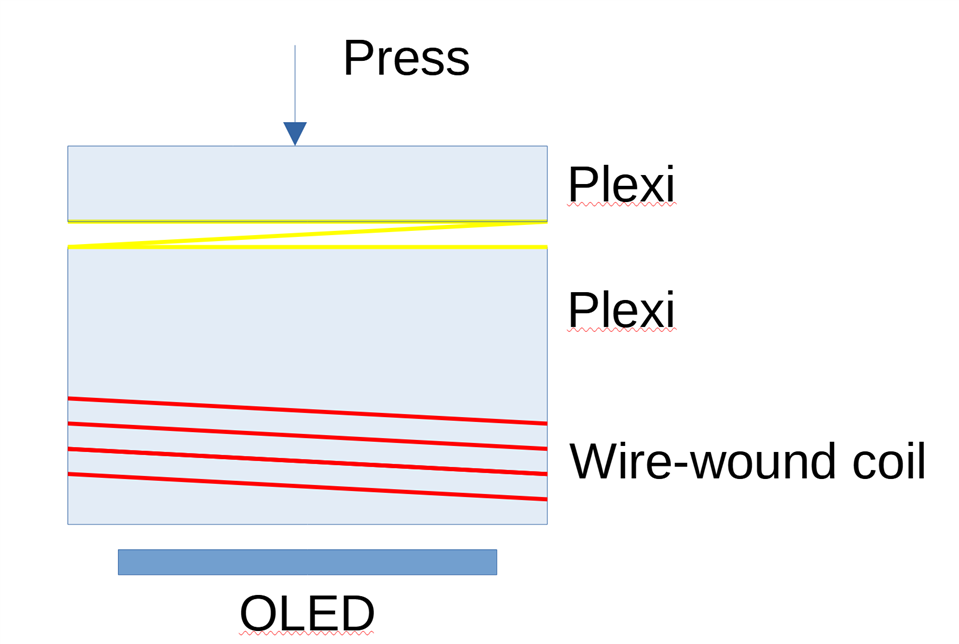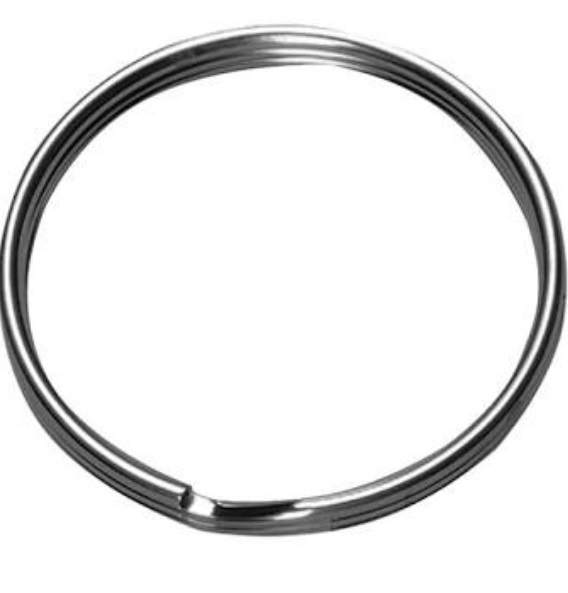Hello there,
I would like to share an idea how to realize an inductive push button sensing solution above a small OLED display.
In a prototype mockup, it worked well for me with an LDC1614 device, but since then I have not brought it to production status:

The sensing coil was wire-wound around a plexiglass disk, a PCB in form of ring shape might work as well but have not tested it.
The key-element of this construction is the spring between the two plexiglass bodies. Once compressed as far as possible, it will
act as a short-circuit winding, causing cause a huge inductance change in the sensing coil below.
I found this works well and reliable, even with a button-to-sensing coil distance of more than twice the coil diameter.
Hope this could be a useful application for some readers.
Regards,
Jo



